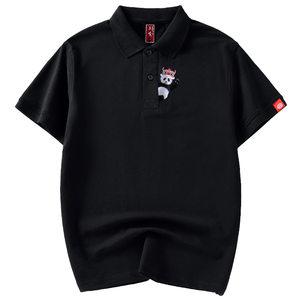The material selection of children’s T-shirts is very important, mainly related to comfort and health.
First of all, for children, their skin is more delicate and sensitive than that of adults. Therefore, choosing soft, breathable and comfortable materials is important to protect their skin. Natural fiber materials such as cotton are a great choice because it is soft, comfortable and breathable, helping to keep children’s skin dry. Avoid using irritating synthetic fiber materials such as polyester to avoid skin allergies or discomfort.
Secondly, the health of children’s T-shirts is also crucial. We should try our best to choose materials that meet environmental standards, are pollution-free, and have no additives. Organic cotton is a green and environmentally friendly choice. It does not use chemical pesticides and fertilizers during the planting process, which has a positive impact on protecting the environment, the health of children, and the well-being of cotton farmers. In addition, attention needs to be paid to selecting dyes and printing processes that do not contain residues of harmful substances to the human body to ensure the health and safety of children.
Finally, appropriate material selection can also improve the comfort and durability of children’s T-shirts. Soft, durable fabric helps children stay free and comfortable during activities. In addition, specially treated fabrics, such as anti-wrinkle, moisture-absorbing and quick-drying processing technologies, can also improve the quality of T-shirts and provide children with a better wearing experience and service life.
In short, the material selection of children’s T-shirts is crucial to their comfort and health. High-quality materials can protect children’s skin, and their comfortable and environmentally friendly features meet their growth and development needs. Therefore, when purchasing children’s T-shirts, it is recommended to choose high-quality materials such as natural fibers and organic cotton, and pay attention to relevant environmental protection and safety labels.






